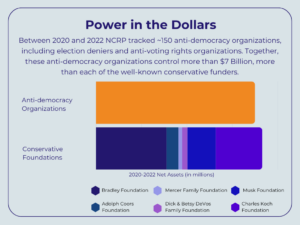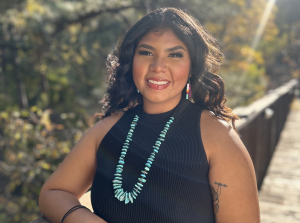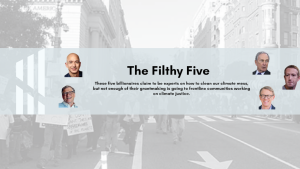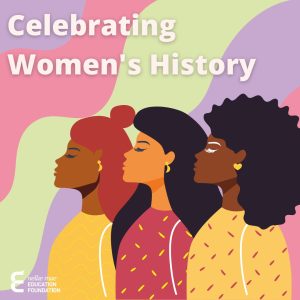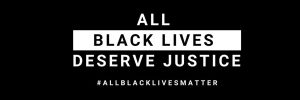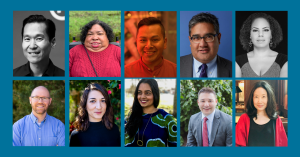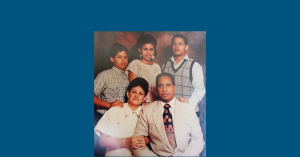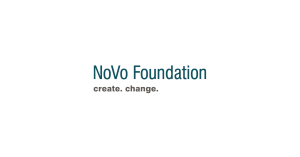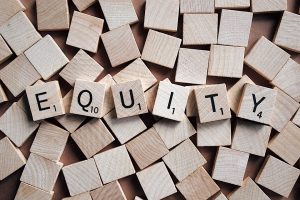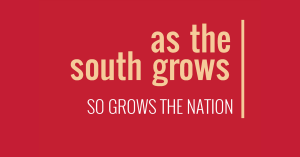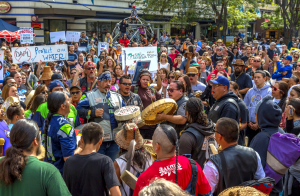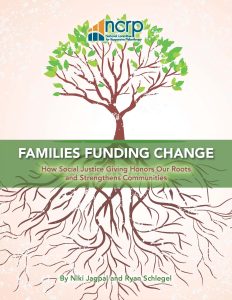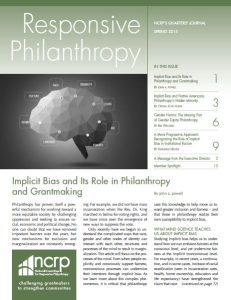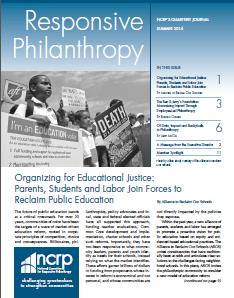What does it mean for funders to build power?
As more and more grantmakers embark on or deepen journeys to embed values of equity, diversity and inclusion into their work, how can we incorporate a power-building frame to measure meaningful progress on equity?
In July, NCRP hosted the second in a series of webinars on NCRP’s exciting new toolkit, Power Moves: Your essential philanthropy assessment guide for equity and justice.
The toolkit has been incredibly well-received, with more than 1,600 downloads since its release in early May and nearly 300 registrants for each of the first two webinars!
Foundations of all types and sizes, sector consultants, philanthropy serving organizations and nonprofits alike are eager for a deeper dive into the “how” of funder assessment on power.
The presentation, “Grantmaking at the Grassroots: Building power for equitable systems change,” cosponsored by the Funders Committee for Civic Participation (FCCP), featured four sector leaders’ insights on examining how well funders build power in philanthropy:
- Daniel Lee, executive director of the Levi Strauss Foundation and a distinguished member of NCRP’s board of directors.
- Alejandra L. Ibañez, lead program officer at Woods Fund Chicago and a member of the inaugural Power Moves advisory and peer learning group for funders.
- Rhiannon Rossi, program officer with the Women’s Foundation of California and a member of the inaugural Power Moves advisory and peer learning group for funders.
- Elizabeth Tan, founder and principal of E-Tan Consulting and a member of the inaugural Power Moves advisory and peer learning group for consultants.
Before digging into the discussion, we set the stage with what NCRP and our Philamplify project’s research have found about funders who successfully make grants that build power and advance equity for marginalized communities.
The philanthropic best practices outlined in the build power section of Power Moves and highlighted in the webinar are:
- Support systemic change by funding civic engagement, advocacy and community organizing among marginalized communities.
- Be explicit about advancing systemic equity for specific marginalized communities in goals, strategies and operations.
- Fund under-resourced communities to build power and be their own agents of change.
- Fund cross-cutting approaches because building power may not fit neatly into narrowly defined issue areas.
- Fund for the long-term while also being responsive to emerging or urgent opportunities.
While the Power Moves framework on power is timely and unique, conversations about using philanthropic resources to build power in communities are certainly not new.
The guide builds on extensive work by NCRP, CHANGE Philanthropy partners such as the Neighborhood Funders Group (NFG), grantmakers such as the The California Endowment and other sector organizations such as FCCP, Justice Funders and the Black Social Change Funders Network.
During the webinar, our speakers highlighted the range of practices, policies and institutional cultures that influence how we approach power building in philanthropy as both a strategy and an end goal.
They provided tangible examples of entry points for reflection, what it looks like in practice and what success can entail, including:
- Investing in racial equity trainings for board, staff and grant partners, such as those offered by ABFE, and as much as possible, gaining institution-wide commitment.
- Fostering internal discussion to address any discomfort with risk and with making long-term, patient investments in power building.
It continue to be a work-in-progress, but pushing foundations to engage in risk assessment, especially in *raising* their risk tolerance, to explore new and different ways investing/partnering in community change, will only help to build power! #PowerMovesEquity https://t.co/65tbRM7WKc
— Connor Daley (@ConnorDaleyVT) July 24, 2018
- Examining how oppression shows up internally in decision-making, organizational culture and staff structure.
- Creating “safe spaces” to share learning with peers, including how to weave power building throughout grantmaking, investments and procurement.
Success is when funders do a better job at listening & adapting our practices to ensure they don’t become barriers to the very work we want to support @WoodsFundChi #PowerMovesEquity @NCRP
— annie hillar (@anniehillar) July 24, 2018
- Supporting capacity building, leadership development and technical assistance for grant partners, e.g. on how to form policy solutions and advocate for policy change, in addition to resourcing their “power to stay with the process.”
Elizabeth Tan: Funding organizations in a way that allows them to grow and thrive (like capacity building) is a great way to to start and get your foot in the door. This is especially if you aren't able to do that full institutional shift. #PowerMovesEquity
— NCRP (@NCRP) July 24, 2018
How do you measure success in #buildingpower? Elizabeth: community self-determination, ability to determine own destiny, e.g. influence master planning. When orgs are involved from get go, all the way through implementation process #PowerMovesEquity @NCRP
— Lisa Ranghelli (@lisa_rang) July 24, 2018
To learn more, watch the recording above and download the toolkit! For a broader overview of Power Moves and how to dig into self-assessment, check out the recap from our first webinar.
Follow ongoing conversations on social media using #PowerMovesEquity, and add your voice by sharing what power building means in your work.
Our team stands ready to support you on your learning journey. Contact us at powermoves@ncrp.org to get started!
Caitlin Duffy is senior associate for learning and engagement at NCRP. Follow @NCRP and @DuffyInDC on Twitter.










